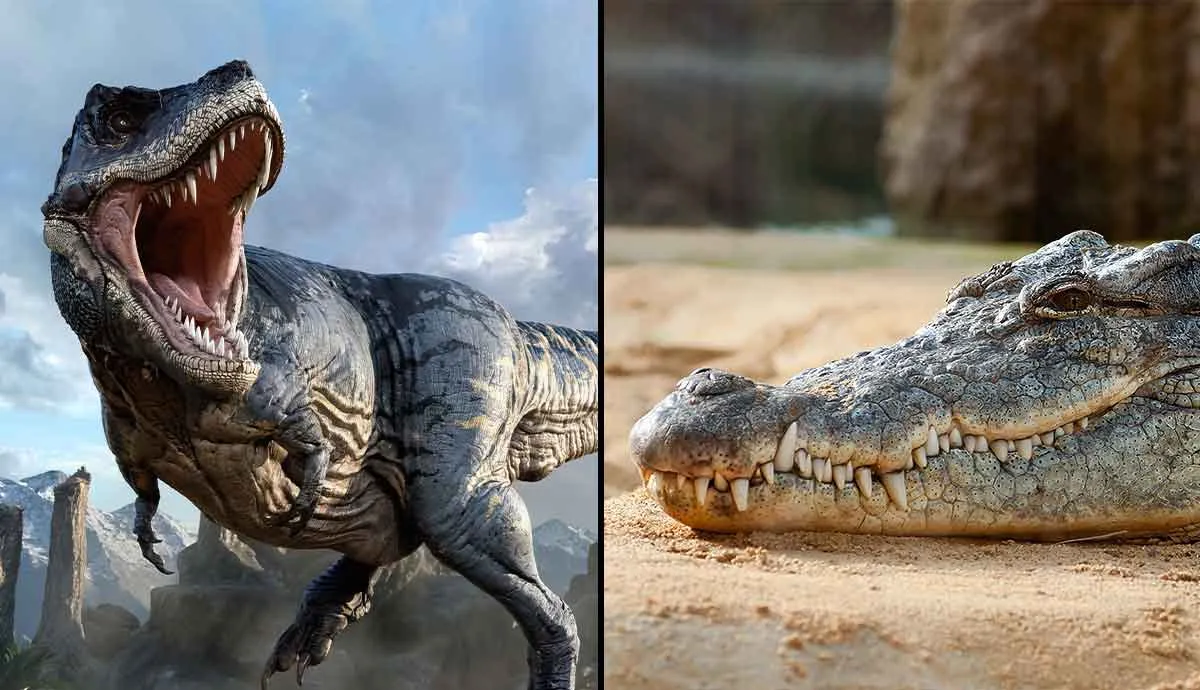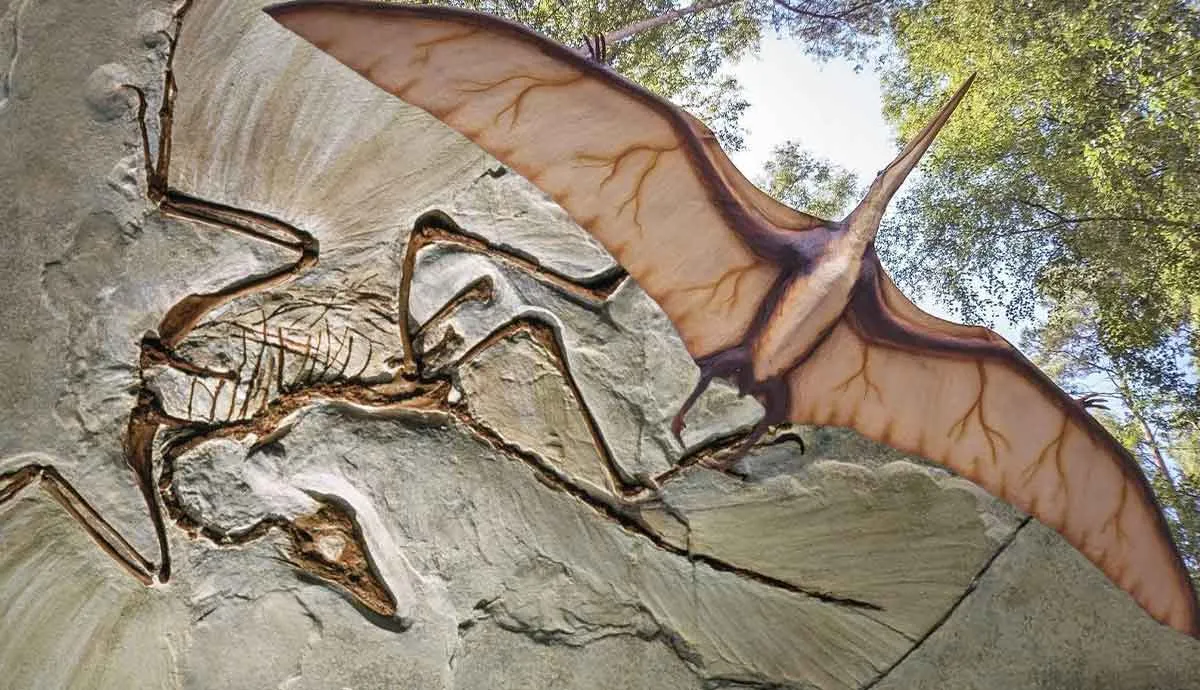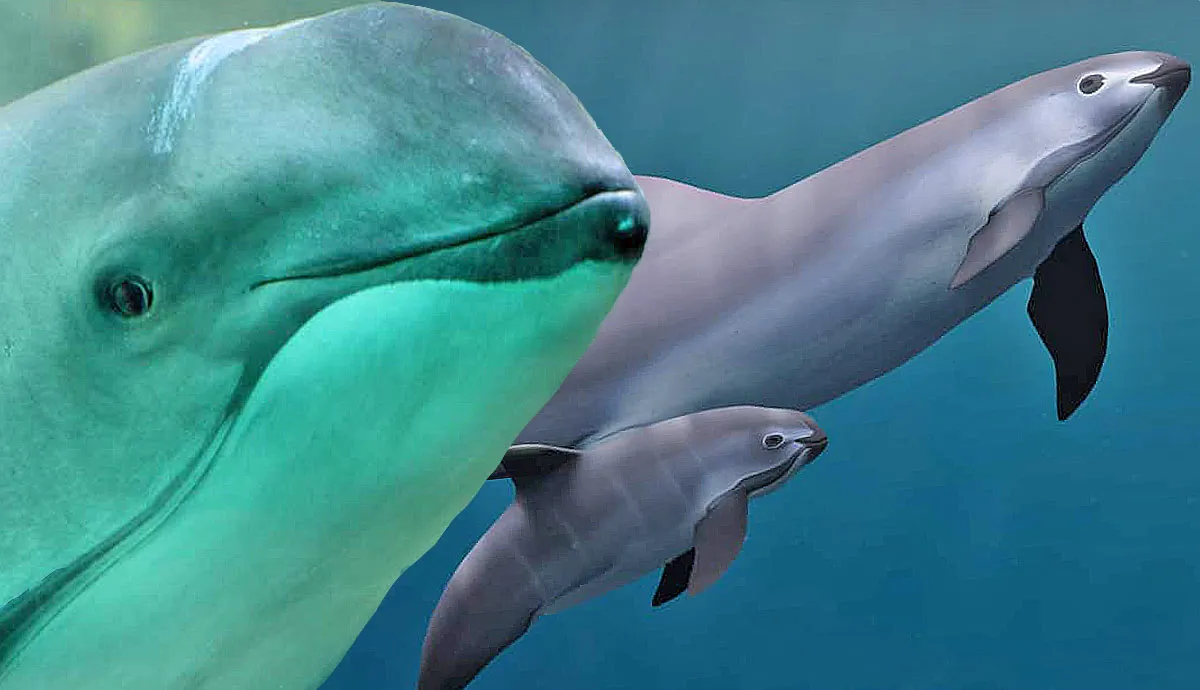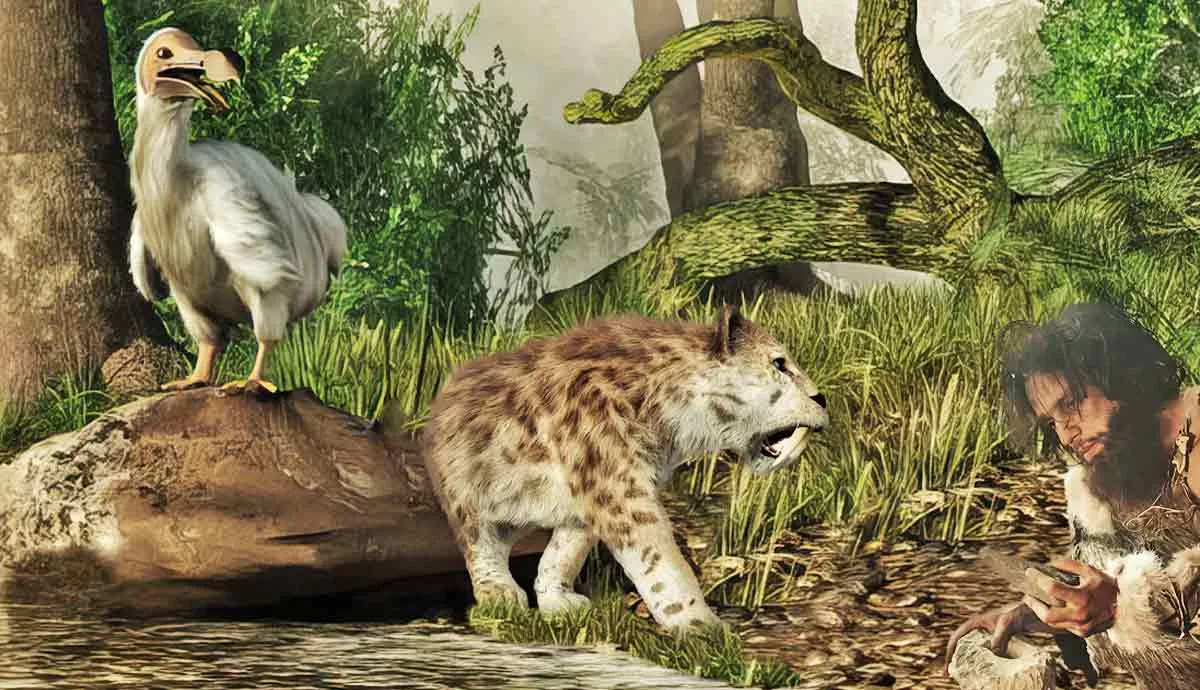A snake the length of a bus seems more like science fiction than science fact, yet a giant snake, named Titanoboa, for its titanic size, lived long ago. The fossils of this extinct snake have given scientists an idea of what life was like for the Titanoboa.
These 8 facts will let you know where, when, and how the Titanoboa lived, along with other fascinating information about this gigantic snake.
1. It’s the Largest Known Snake Ever
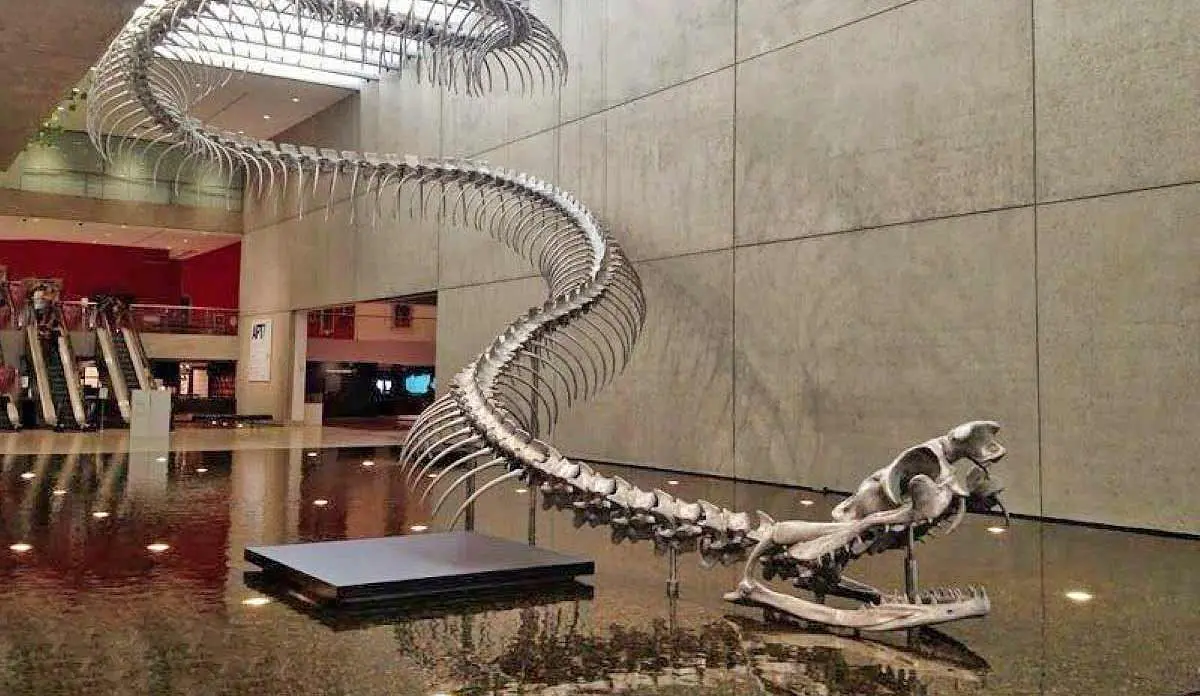
Titanoboas were an average of 40 feet long. This is based on the 30 fossil samples recovered by scientists. One of the samples was 48 feet in length. This means this snake was longer than a school bus. They were also approximately 3 feet in diameter at their widest point.
To compare, anacondas and reticulated pythons are some of the longest snakes on earth today. Anacondas reach an average of 15 feet long, but they can reach up to 29 feet in length. They are also about 12 inches in diameter.
Reticulated pythons are, on average, around 10-20 feet in length, with the record length being 32 feet long. Even our most massive snakes can’t even compare to the colossal size of the Titanoboa.
2. They Lived After Dinosaurs Went Extinct

It’s hard to imagine that creatures this oversized lived after dinosaurs became extinct, but they did. Titanoboas lived during the Paleocene epoch about 65.5 to 56 million years ago. This is 5 million years after the KT extinction event that eliminated all non-avian dinosaurs on the planet.
The Paleocene epoch represented a time in Earth’s history when our world started shifting to look much like it does today. The continents began to shift closer to their current positions. With dinosaurs gone, mammals, birds, reptiles, and marine animals began to evolve and diversify to fill empty ecological niches.
3. Titanoboas Were Constrictor Snakes
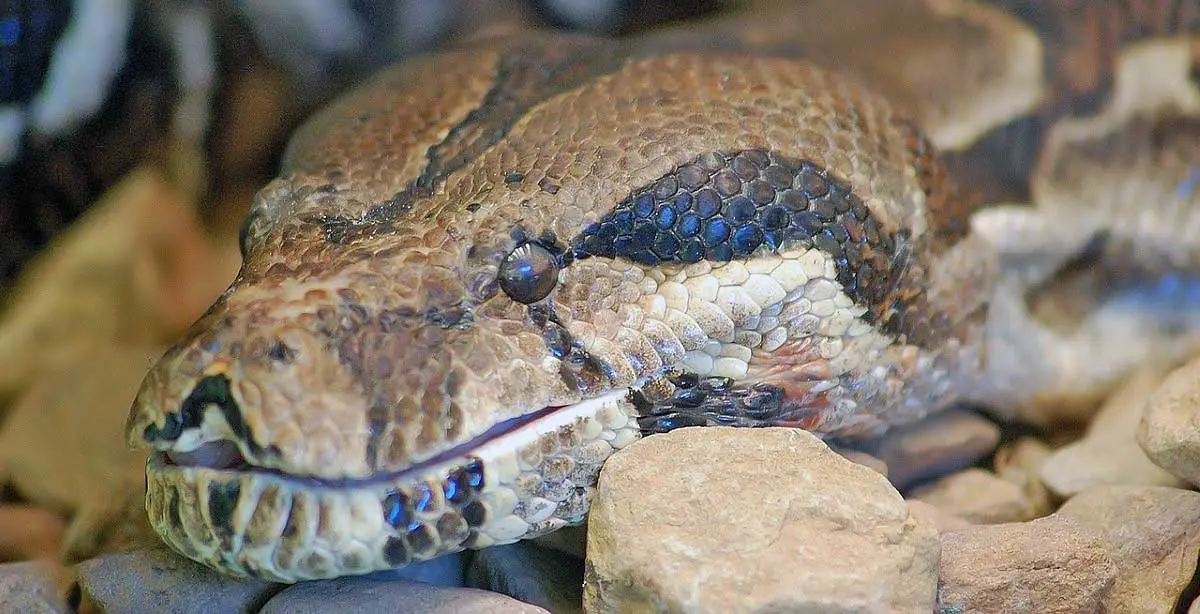
The Titanoboa was a part of the constrictor family. The fossils of the Titanoboa were compared with the modern boa, anaconda, and python to parcel out which species the Titanoboa was most like.
Scientists aren’t sure if this mammoth snake was related more closely to anacondas or boas. Either way, the Titanoboa had more closely packed teeth than the boas seen on Earth today, and it dwelled in the water more than the modern-day anaconda.
4. Titanoboas Hunted Marine Animals
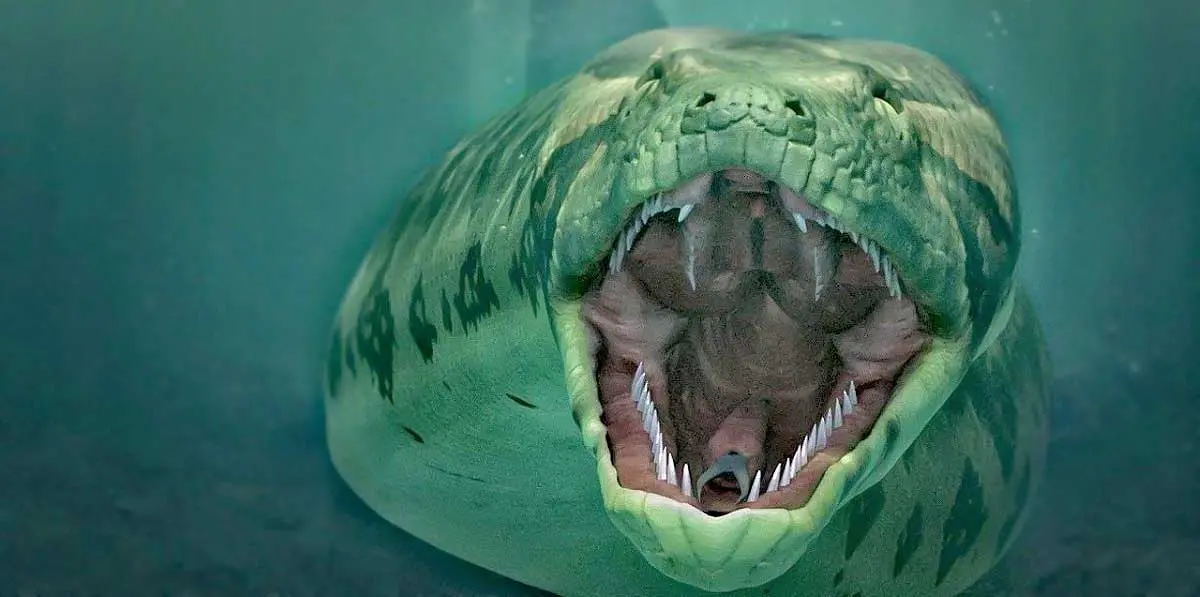
Most constrictor snakes use their massive bodies to surround prey and squeeze the life out of it. This is what modern-day anacondas and reticulated pythons do. Although scientists can’t say for sure, they believe this snake was an apex predator, at the top of its food chain.
It likely spent most of its time in the water. Its massive body would have been too cumbersome on land. The Titanoboa probably hunted much like a crocodile, waiting in the water for its prey to come close and then snapping down on it with its ferocious, large jaws and mouth full of teeth. Turtles, fish, and crocodiles were likely this supersized snake’s prey.
5. Titanoboas Lived in South America
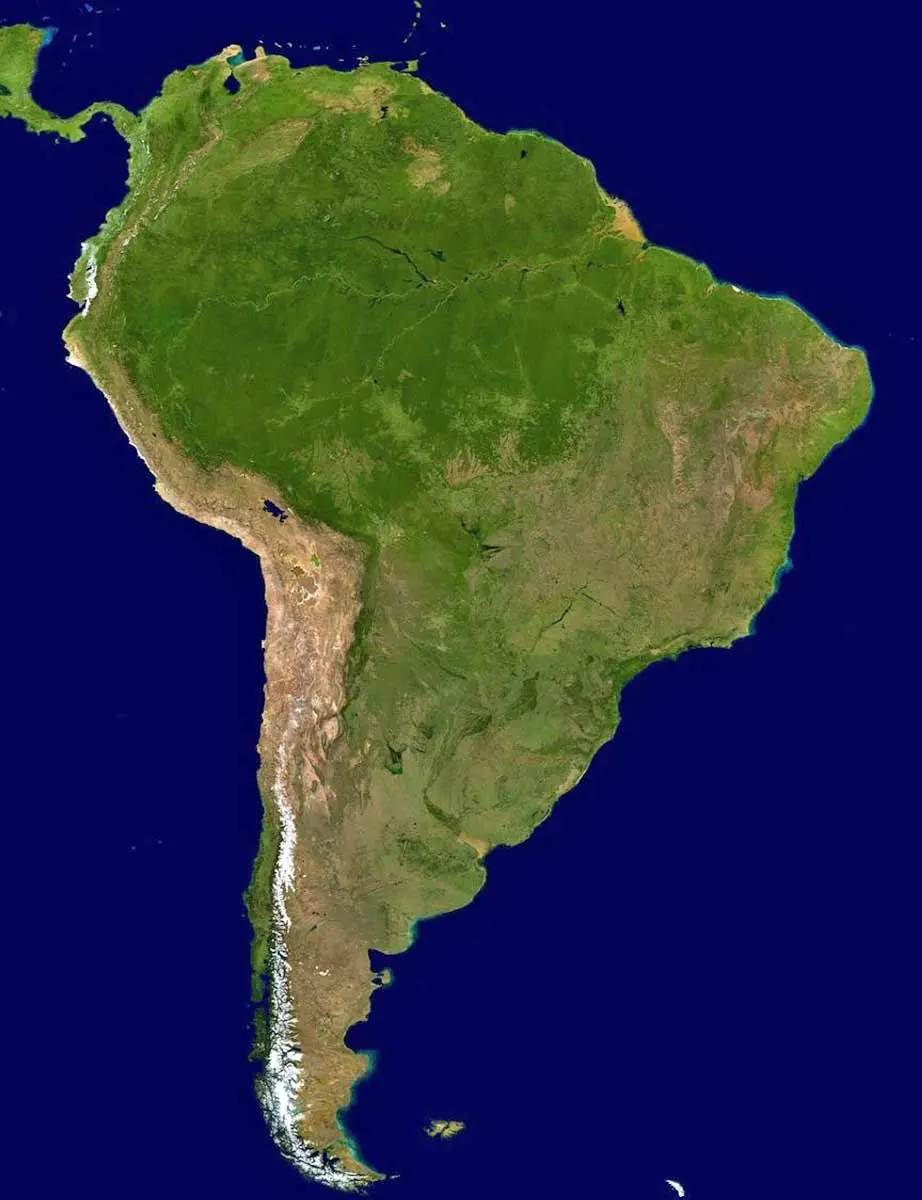
Much like modern anacondas, Titanoboas lived in South America. All of the fossils to date were found in a cave in Cerrejon, Colombia. However, these monumental snakes likely lived throughout South America.
They dwelled in Earth’s early tropical rain forests, in swampy areas comparable to the modern-day Everglades or Mississippi River delta.
6. Titanoboas Were so Large Because of the Climate

For a snake the size of Titanoboa to exist, the climate had to be much warmer than it is today in the tropical rainforests of the Paleocene Epoch. The average temperatures then probably ranged between 86 - 93 degrees Fahrenheit. Today's rainforests average 82 degrees.
Yet, not all scientists agree about the climate during the Paleocene Epoch. What scientists do understand is that cold-blooded reptiles grow larger in warmer climates. The warmth allows them to maintain a higher metabolic rate that supports more monstrous proportions.
7. They Had 250 Vertebrae

Snake fossils are usually found in a large number of vertebrates. By reassembling the vertebrate, scientists can piece together the size of the living snake. Larger and more numerous vertebrae indicate a larger snake. On average, Titanoboas had around 250 vertebrates.
The fossils of the first Titanoboa were excavated from a coal mine in Colombia in 2004. Published findings were then described in 2009. Around 30 specimens have been removed from the cave with a mixture of adults and juveniles. There has been one almost complete specimen, whose skull (a rare find) was discovered intact, and several others with just a series of vertebrates.
8. They Went Extinct 60 million Years Ago

The exact cause of the Titanoboa’s extinction is still unclear. Still, scientists have a theory. Climate change led to the extinction of the Titanoboa. Such a large snake needs a warm climate to survive, so the shifting of the tectonic plates led to cooler, drier conditions around the world. This made it hard for the Titanoboa to maintain the metabolic rates necessary for such a large size.
Between March 2012 and January 2013, a large Titanoboa exhibit was on display at the National Museum of Natural History in Washington, D.C. This exhibit included a massive 48-foot-long model snake that was depicted devouring a crocodile.


